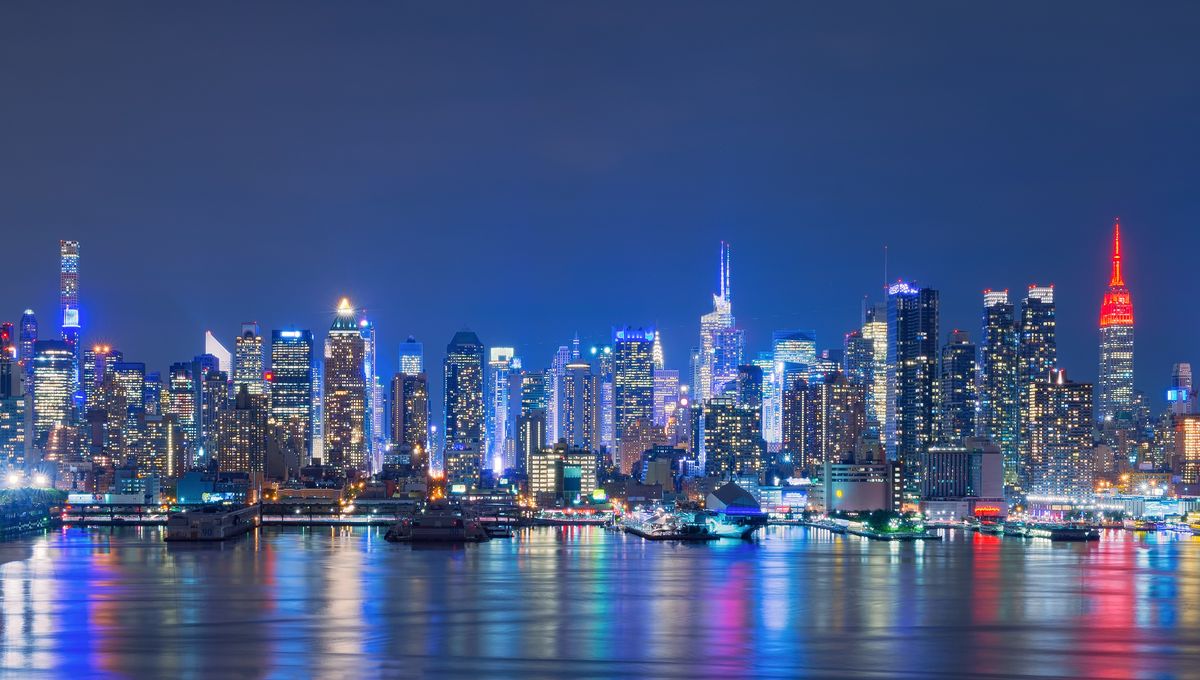
It’s increasingly difficult to find a dark sky area to indulge in a spot of star gazing already, but now scientists report further bad news regarding the visibility of stars in the night sky. A new study suggests that in general, the sky is getting brighter at a rate of 9.6 percent every year, meaning that fewer and fewer stars are visible to the average person.
This light pollution is referred to as skyglow and it has an impact on our ability to see stars but also affects animal populations. In many places on Earth, the sky never fully goes dark. The team used observations from a citizen science project called “Globe at Night” which allows people to report how bright the skyglow is by simply looking at the constellation of Orion.
The team evaluated 51,351 observations from 2011 to 2022. This provided a lot of data, however, it’s not continuous as people move around and the distribution of these citizen scientists does not span the whole globe. The team compared the early years to satellite measurements of the sky’s brightness and found a good agreement to create a baseline in 2014. Over the last nine years, things have changed, on average for the worst.
At this rate, if that continued, and someone was born in a place where when they were born, you could see 250 stars, by the time they turned 18, you would only be able to see 100 stars.
Dr Christopher Kyba
“What we see is there’s been a really dramatic drop in how many stars people see compared to this baseline map in 2014,” Dr Christopher Kyba, from the German Research Centre for Geosciences, told IFLScience. “We then used a model to see if we could explain that data on the basis of the world getting brighter. And it turned out we could explain that data pretty well.”
Kyba explains that the situation is not uniform. There is no global coverage for it and even the increase in brightness seemed to be more pronounced in the US and less in Europe. Due to artificial light, the brightness of the sky in the locations sampled has increased by about 7-10 percent per year since 2014.
“At this rate, if that continued, and someone was born in a place where when they were born, you could see 250 stars, by the time they turned 18, you would only be able to see 100 stars,” Dr Kyba noted. “It’s a really big change!”
What’s surprising is that radiance measurements taken by satellites only report a 2 percent increase (which is still a lot). Kyba explained that there could be multiple explanations for the discrepancies. Satellites are looking at light that is shining straight up but over the last decade, there may have been an increase in light directionally going sideways. Over the last decade, there has also been an increase in white LEDs compared to orange sodium lights. Satellites don’t see this light as much as we do. Blue light scatters more through the air, which could be a contributing factor to the sky appearing brighter for us.
“Perhaps the most important message that the scientific community should glean from the Kyba et al. study is that light pollution is increasing, notwithstanding the countermeasures purportedly put into operation to limit it,” Fabio Falchi and Salvador Bará, who were not involved in the study, wrote in a related Perspective.
“Awareness must greatly increase for artificial light at night to be perceived not as an always-positive thing, but as the pollutant it really is.”
The work is published in the journal Science.
Source Link: The Night Sky Is Getting Brighter Faster Than Expected